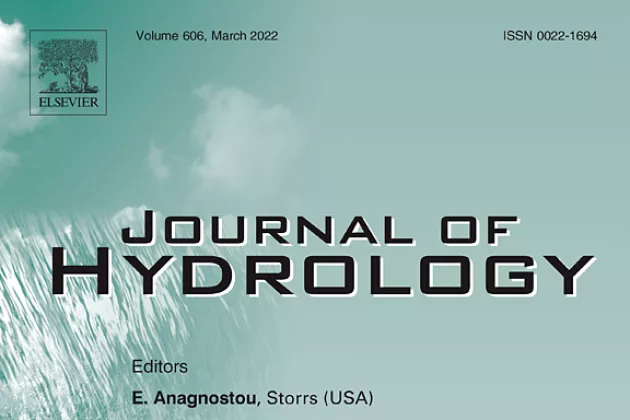Today, in developing countries, the low surface water distribution efficiency and the lack of supplying water needs of farmers by surface water resources are compensated by excessive aquifer water withdrawal. This mismanagement has caused a sharp drop in the groundwater level in many countries. On the other hand, climate change and drought have intensified the pressure on water resources. This study aims to evaluate novel strategies for developing surface water distribution systems for stress reduction of the Najafabad aquifer in Isfahan, central plateau of Iran. The performance of several strategies for agricultural water distribution and delivery, such as hydro-mechanical operating system, manual-based operating system, and centralized automatic operating system, was evaluated in this study. In the first step, two indices, i.e., water distribution adequacy and dependability, were obtained using a flow hydraulic simulation model. Then, the water distribution adequacy map and amount of reduction in the water withdrawal of existing wells were determined for each strategy. Finally, using the MODFLOW groundwater simulation model, the changes in groundwater levels due to the normal and drought scenarios (15 and 30%) were extracted during five years for each strategy. The findings for the normal scenario showed that the centralized automatic operating system strategy had the most significant impact on agricultural water management in the surface water distribution system with a 30% increase in agricultural water distribution adequacy index compared to the current situation. This strategy increased the groundwater level by 11.6 m and closed 35% of the groundwater wells. In this scenario, the hydro-mechanical operating system strategy had the weakest performance by increasing the aquifer level by only 1.31 m. In the 15% and 30% drought scenarios, the centralized automatic operating system strategy exerted the best performance among other strategies by increasing the aquifer water level by 10.18 and 9.4 m, respectively, compared to the current situation. Finally, the results showed that the spatial segmentation of the aquifer exerted better efficiency and better monitoring in the more susceptible regions.
Developing Surface Water Distribution Systems in Iran

CMES Deputy Director Ronny Berndtsson has co-authored the article "Groundwater Extraction Reduction within an Irrigation District by Enhancing the Surface Water Distribution" together with Hamed Tork (University of Tehran), Saman Javadi (University of Tehran), Seyed Mehdy Hashemy Shahdany (University of Tehran) and Sami Ghordoyee Milan (University of Tehran). The article is published in the journal Water.



